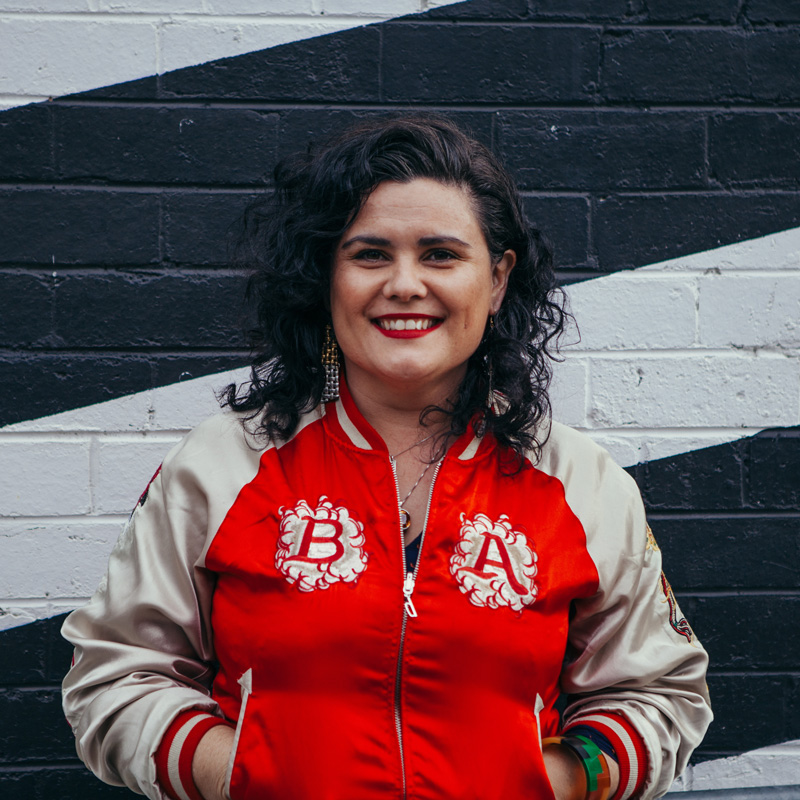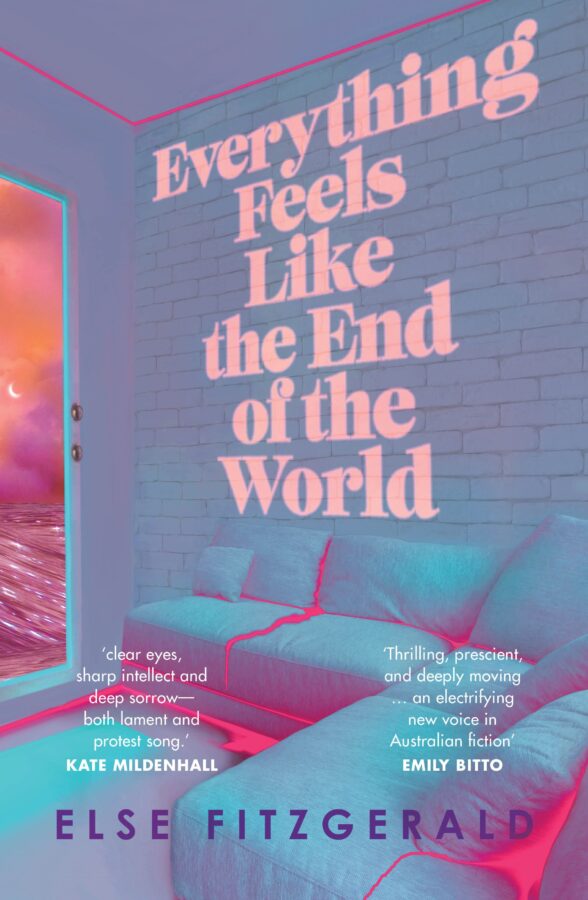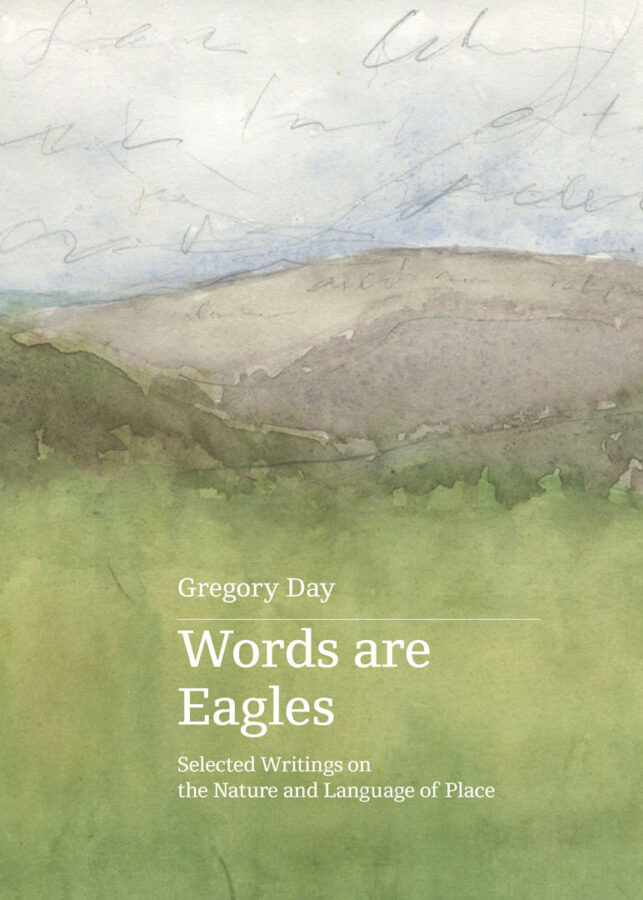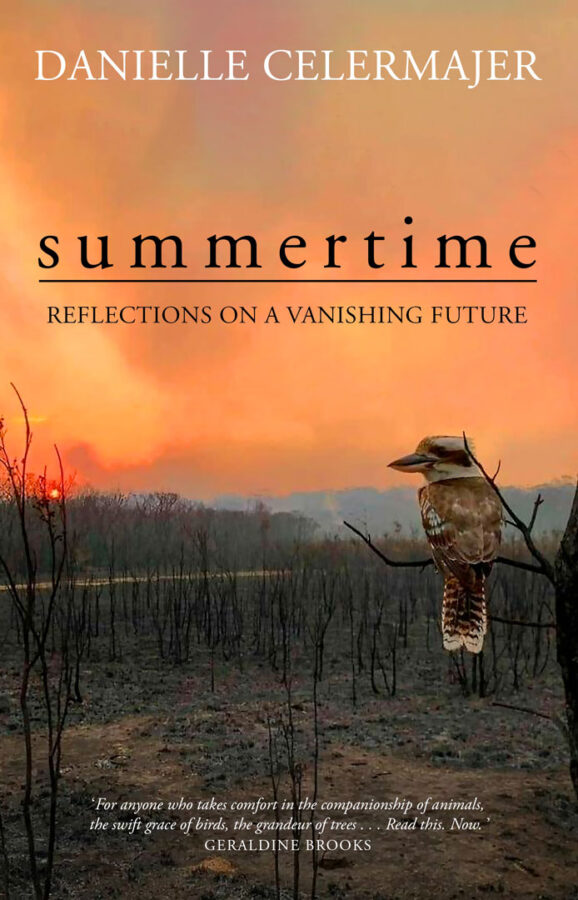My grandmother’s poem ‘Childhood Memories’ was republished in the Kyabram Free Press, thirty years after it was first printed. Kyabram Free Press is a little paper in a little town on Yorta Yorta Country. I too featured my Nan Rosie’s poem in my recent PhD exhibition to show my respect, love, and reverence for her life, which ended when she was in her early 60s in 1993. Nan’s poem spoke of the traumas of colonisation. It spoke of the starvation and the ‘hunger pains’ that she, like so many of our Elders, endured.
We never knew what it was like
To sit in an easy chair,
A kerosene tin or a banana box
Whatever happened to be there.
Cut and flattened kero tins
Or bran bags unpicked and sewn
Or a cast off tent o’er a wooden frame
Were the homes that we had known
The smell of the log fires burning,
Long shadows, and the setting sun,
Always called us homewards,
When another day was done.
The highlight of those days I think,
Was supper times at night,
When a blanket was spread upon the floor
And we ate by the firelight.
Black tea and damper dipped in fat,
Most times was our grand fare,
And it mattered not if you wanted more,
It was hardly ever there.
But served by a loving and gentle black hand
With soothing words in our ear
Somehow the hunger pains became
Much easier to bear
And so to be upon the floor
With a mattress of gumleaves beneath
With the words, of gentle Jesus, meek and mild,
Look upon a little child,
Contented we fell asleep.– ‘Childhood Memories’, Rose Tang, Wemba-Wemba & Gunditjmara woman, poet and artist, 1929-1993.
Now we see Country being devastated by ecocidal fire storms, the result of colonial greed and endemic mismanagement. I think of what my Nan would be saying now. When I was a kid in the 80s her and Mum would have long conversations about the state of the world while I sat in a sticky brown beanbag, listening in hard. Nan said, ‘the end of the world is coming’, because of the damage that colonisers were doing to our lands. ‘They don’t listen.’
She told me that people would have to ‘move to the city and stay away from the coast, it’s going to flood and there will be terrible fires’.
This terrified me, but as a Koorie kid, I couldn’t be spared the harsh realities of life, and my matriarchs were speaking the truth – preparing me for the future. Elders have been issuing warnings like my Nan’s for decades now, and yet their calls for action have, time and time again, been ignored by those in power. Now their predictions are coming true and we are living through another apocalypse.
The impact on Aboriginal Peoples of the fires has hardly been mentioned in mainstream media other than by Mob ourselves through black media and by utilising social media as resistance. Fire was used as a tool against Aboriginal Peoples in colonisation; in land clearing and the clearing out of animal life and us as occupants. Our occupancy was expedited by fire as a violent removal tool for displacement. It was used as a weapon against us in the erasure of us from the landscape; as a tool used in guns, and to destroy and hide evidence of massacres by burning bodies. The compiling and burning of artefacts and Aboriginal human remains by settlers has been spoken about and generationally shared in families and communities.
In comparison to the constructive, regenerative, and protective nature of Aboriginal cultural burning methods and practices, colonial fires set and used against our people and Country can only be ever viewed as destructive, violent, and predatory erasure.
The future may not be colonised, but it’s singed with fires burning so ferociously that they are staining ice caps in Aotearoa; so intense that they are pluming into the constellations the size of continents; so wild that they create their own conditions; so extreme that they are changing Country forever. Perhaps, as some Mob have said, the Country is beyond healing, beyond being able to be cared for properly again. This is a desecration of all that we as Aboriginal Peoples hold sacred.
The roof outside of my university office window in Footscray is stained with ochre coloured dust swept off Latji Latji Country, 540 kilometres away. So traumatised is Country there that the ‘top soil’, beaten down into dust by generations of farming, has been keeping locals inside their homes, unable to breathe clearly nor see.
These red dust rains are falling on Kulin Country in Melbourne and the surrounding suburbs. The ‘rains’ alternate with stifling days of heat, giving us evidence of infernos raging through our bush cathedrals, these places of love and knowledge curated by our Ancestors, maintained by our Old People and generations of descendants. We feel the peripheral heat in the city but we don’t see it – bizarrely protected by erasure, land clearing, and concrete.
The reality of tyirrem seems abstract to people in the inner-city suburbs. I’m at Highpoint Shopping Centre trying to get a phone fixed when a group of us rush to the doors marvelling at the sudden rains. The water is gushing off the car park roof and an older Vietnamese man smiles and says, ‘this is very good for the fires’. I smile weakly at this little celebration, this gathering of Westies trapped in a gathering place of capitalism, huddling in a glass bubble, afraid to get wet while just hours away, people are terrified of being burnt, trapped by flames and embers. It’s bizarre but I can’t help but be filled with hope. It quickly gets washed away on hearing that too much water can cause dangerous land movements and won’t be enough rain to really help anyway.
I’m on the phone regularly with my Uncle and Aunty who are about to be evacuated. I’m anxious and fearful for them. I can’t stop checking the VicEmergency app for the tiny village they live in on Gunai Kurnai Country (named in the media repeatedly, and flatteningly, as East Gippsland). The fires, playing out online and on telly, trigger my post-traumatic stress disorder and my OCD simultaneously, propelling me into a distracted, worried state of repetitive behaviour and obsessive update seeking. Sometimes the lessons practiced to survive trauma become double-edged colonial daggers.
I don’t speak my worries out loud afraid that it might actually spark an ember to hit Uncle’s rental. And take him and Aunty away from us. There is too much unsaid between me and Uncle that I haven’t had the courage to say yet – about how much he means to me, how much I looked up to him as a kid, how much he influenced me to think for myself, how much I worry about him. We tell each other we love each other every phone update.
The ecocidal fire storms are wiping out Country – not just homes, properties, and businesses but actual Country that has always laid beneath. Bereft and stolen of soft coverings, places that have been witness to massacre and dispersal – scar trees, birthing trees, markers, ceremonial places, water holes, creation places, weaving and carving places – are now gone.
Considering colonisation as a structure, not an event (as Patrick Wolfe tells us), which is self-perpetuating, we see promises and pledges to rebuild its parts after fire paths tear through. While Aboriginal people call for de-colonisation, in the wake of climate change caused by colonisation, settlers literally plan how to re-construct, therefore, re-colonise. If ‘we’ are to decolonise, then that requires de-structuring, dismantling, breaking, and disrupting what is constructed to maintain colonisation. We must disrupt dominant colonial narratives of fire-fighting and of battling. We must disrupt battler narratives that leave out Aboriginal story and theory, of fire management and fire co-habitation.
Our past, present, and future are all burning up right now. Settlers are losing their homes and businesses, but so are Aboriginal People. Mob are losing homes they have long fought for since being invaded and displaced. Scar trees, cultural sites, totem animals, plant species, and trees that are the basis for Aboriginal culture, burn out of existence for all of time. They can’t be rebuilt, and can’t be re-cast as some sort of post-apocalyptic victors against fire. Aboriginal Peoples will be disproportionately disadvantaged by colonial fire displacement.
Our People have lived with and respected fire and known fire for Country’s wellbeing. In colonial Australia, fire is demonised and associated with hell, fire, and damnation, associations that draw from Christian missionary narratives central to the erasure of Aboriginal voice, experience, and knowledge of place. As the ecocidal manifestation of colonial practices, fire becomes sick, uncontrolled, unaware of cultural boundaries and self-destructive. Turning on itself, creating its own weather, it screams and roars and lashes out. Raging as trans-generational fire storms.
We are traumatised yet again, and yet again our voices are extinguished by not only flames and ash, but by narratives of settler suffering of this ‘hard’ and ‘extreme’ Country that settlers are still yet to actually settle into. The narrative of fear once again dominates: of black fullas, black voices, black solutions, blackened trees, blackened houses, blackened businesses, and black streets.
We have seen and witnessed and experienced this already.
We are burnt out yet again.



